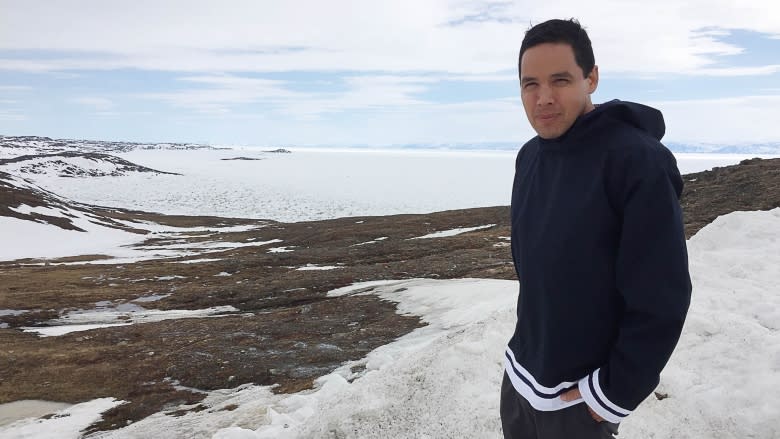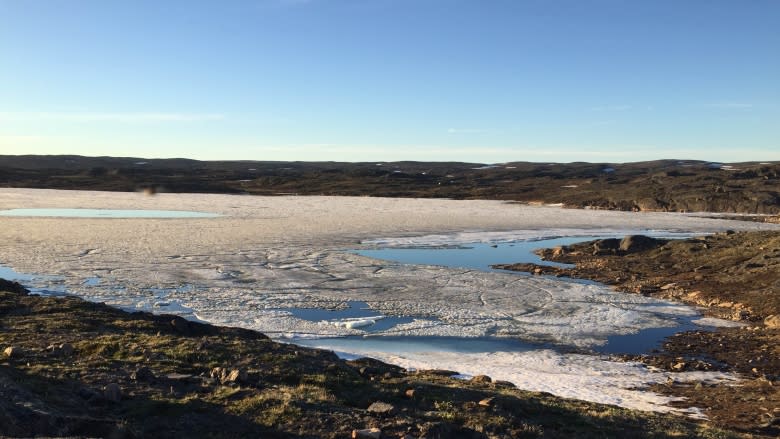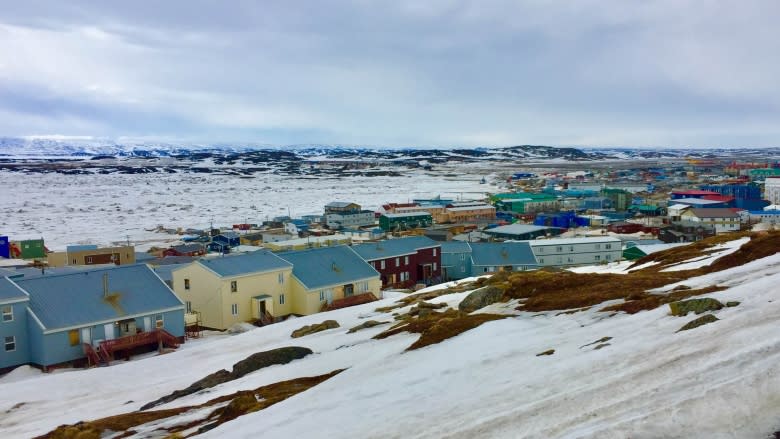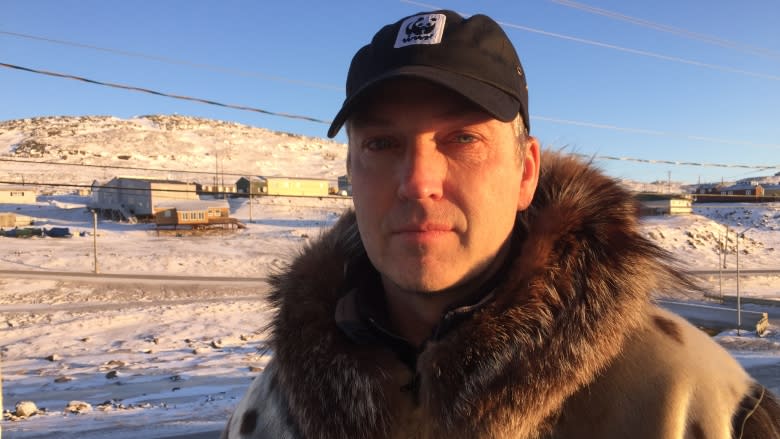Not just the face of climate change: Inuit want a say in Canada's climate strategy
Inuit want to be more than the "human face of climate change" and play a meaningful role in shaping Canada's climate strategy says the president of the national Inuit organization.
But despite being the population that is most vulnerable to the immediate effects of climate change, Inuit have been excluded from taking part in drafting Canada's climate strategy, says Natan Obed.
"We're trying to assert ourselves — at this time when all of a sudden climate change has become a priority again for Canadians," says Obed, president of Inuit Tapiriit Kanatami.
To that end, Inuit Tapiriit Kanatami has released a report — Inuit Priorities for Canada's Climate Strategy — just in time for the environment ministers' meeting in Montreal on Monday and the first ministers meeting later this fall.
The report is written in collaboration with Canada's four regional land claims organizations and Inuit Circumpolar Council Canada. It tackles adaptation and climate resilience, mitigation opportunities, and clean technology.
"We don't want to get lost in the shuffle when we are the ones that have been working on this issue for decades and have a very meaningful role to play," Obed said.
"We're on the outside looking in."
No Indigenous representation
The Vancouver Declaration on Clean Growth and Climate Change drafted in March recognizes the significant role of Indigenous peoples. However, the federal-provincial-territorial working groups that are tasked with developing policy options for Canada's climate strategy do not include Indigenous representatives.
Four regions make up the Canadian Inuit homeland or Inuit Nunangat. Together they include 53 communities, encompassing roughly 35 per cent of Canada's landmass and 50 per cent of its coastline.
Obed says the loss of sea ice and permafrost will severely impact these coastal Inuit communities and their access to traditional food.
The report outlines the need for Inuit to be included in developing ways to address these kinds of impacts.
Aging energy infrastructure, a lack of housing, high rates of food insecurity and poverty also make Canada's Inuit communities uniquely vulnerable, says Obed.
Paul Crowley the director of WWF-Canada's Arctic program, agrees.
"Obviously the North is where the impacts are felt the most and felt the longest," said Crowley.
"We need to have an understanding on how we can best adapt to conditions that are coming towards us, and that conversation has to include those who are directly impacted."





